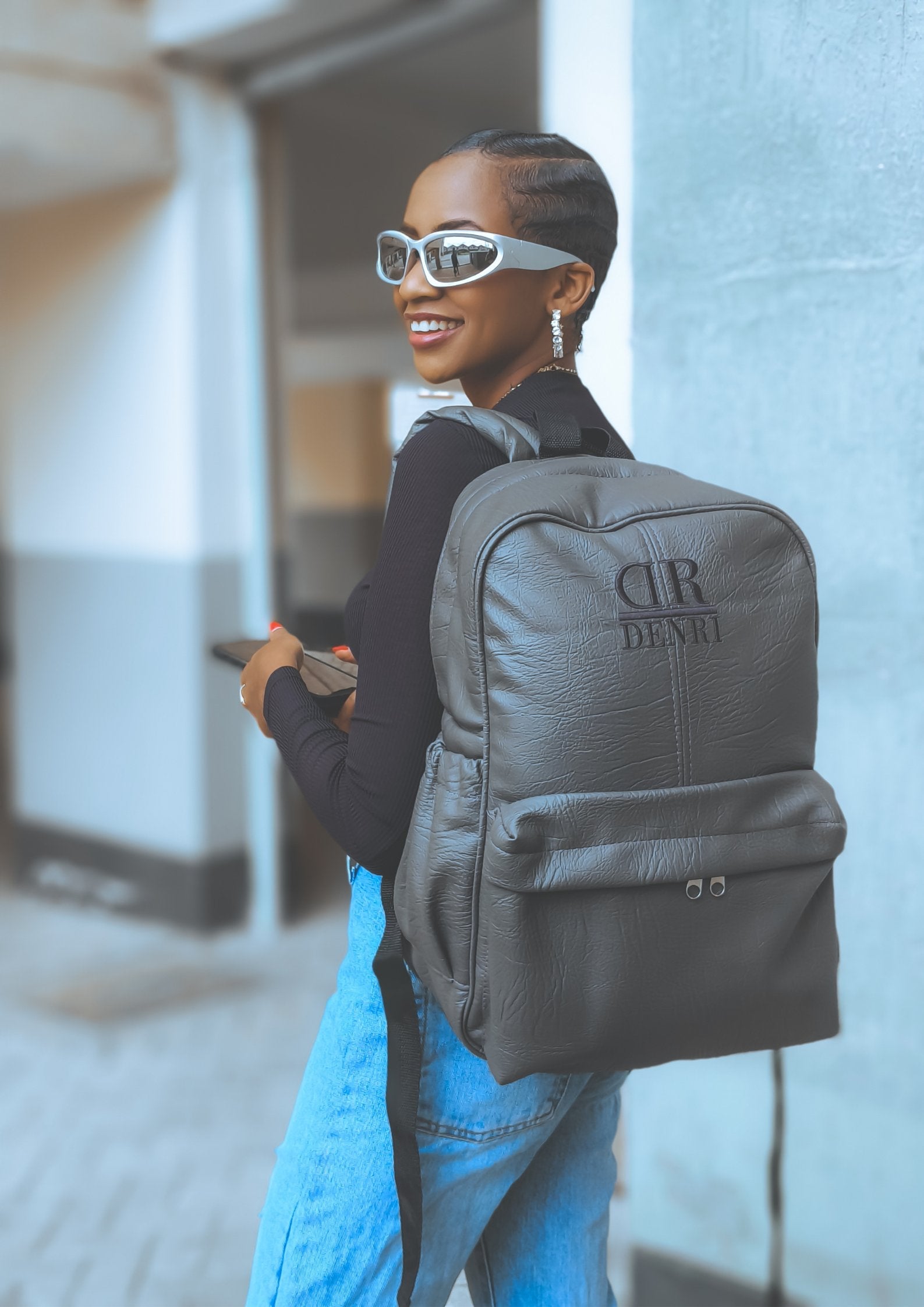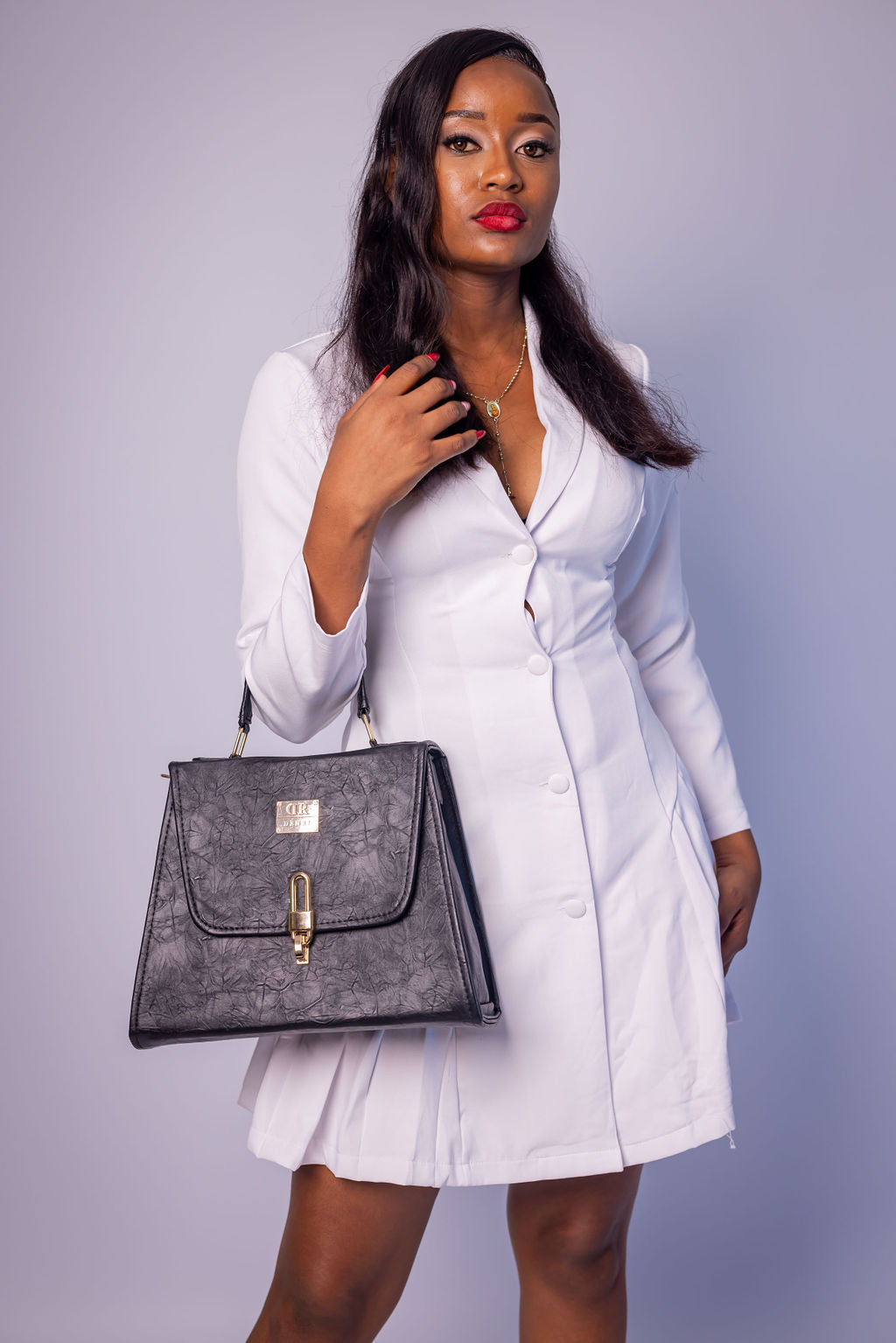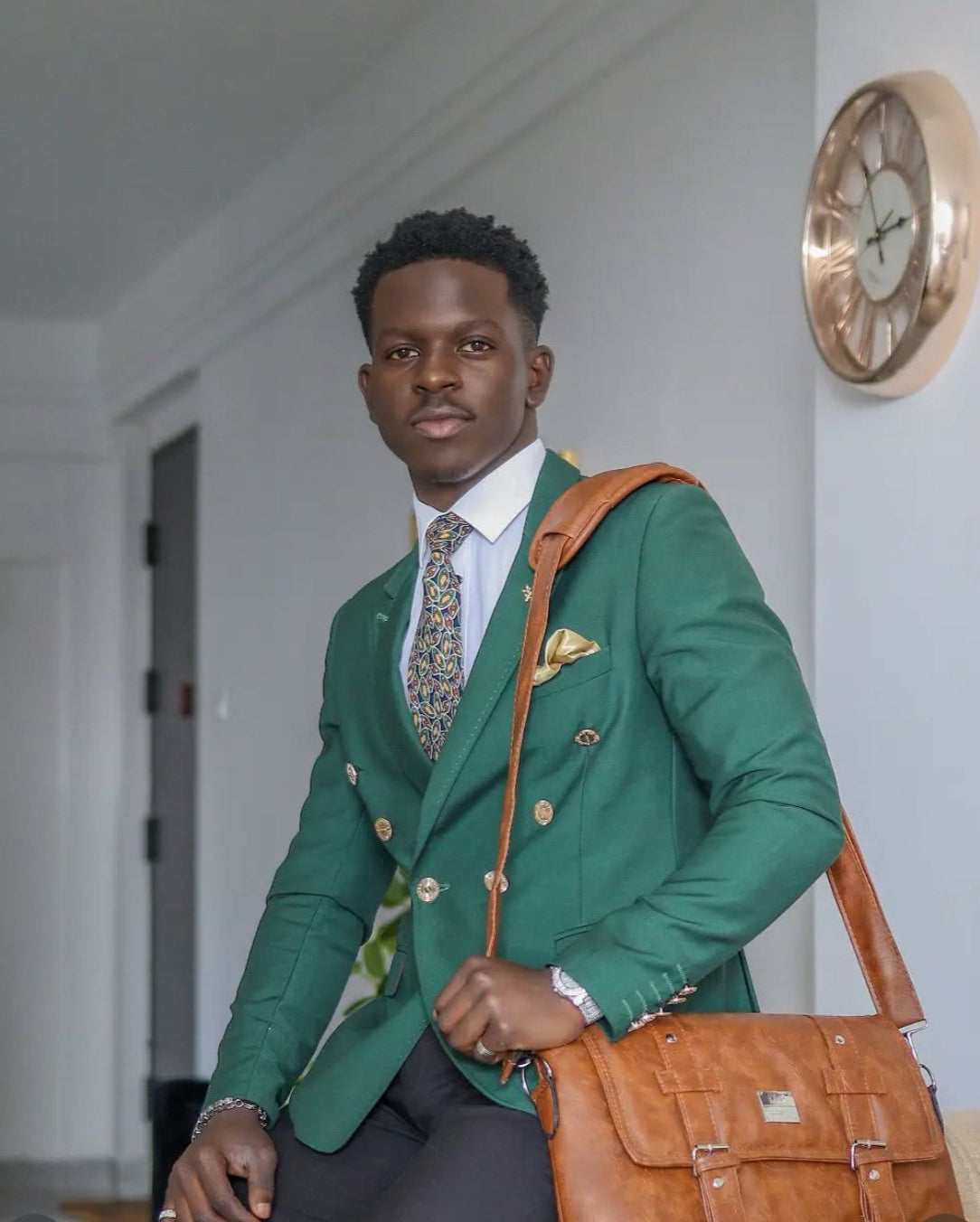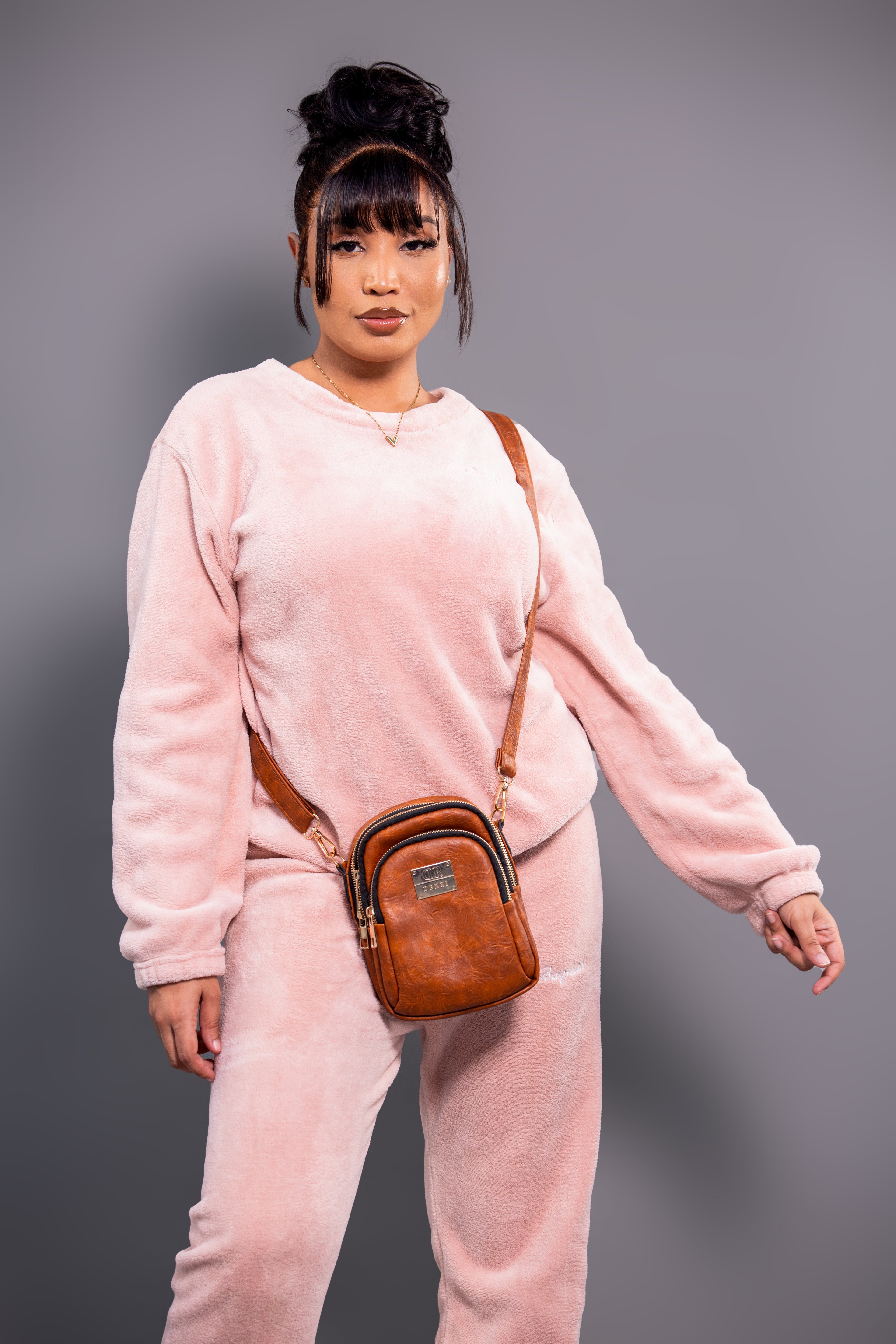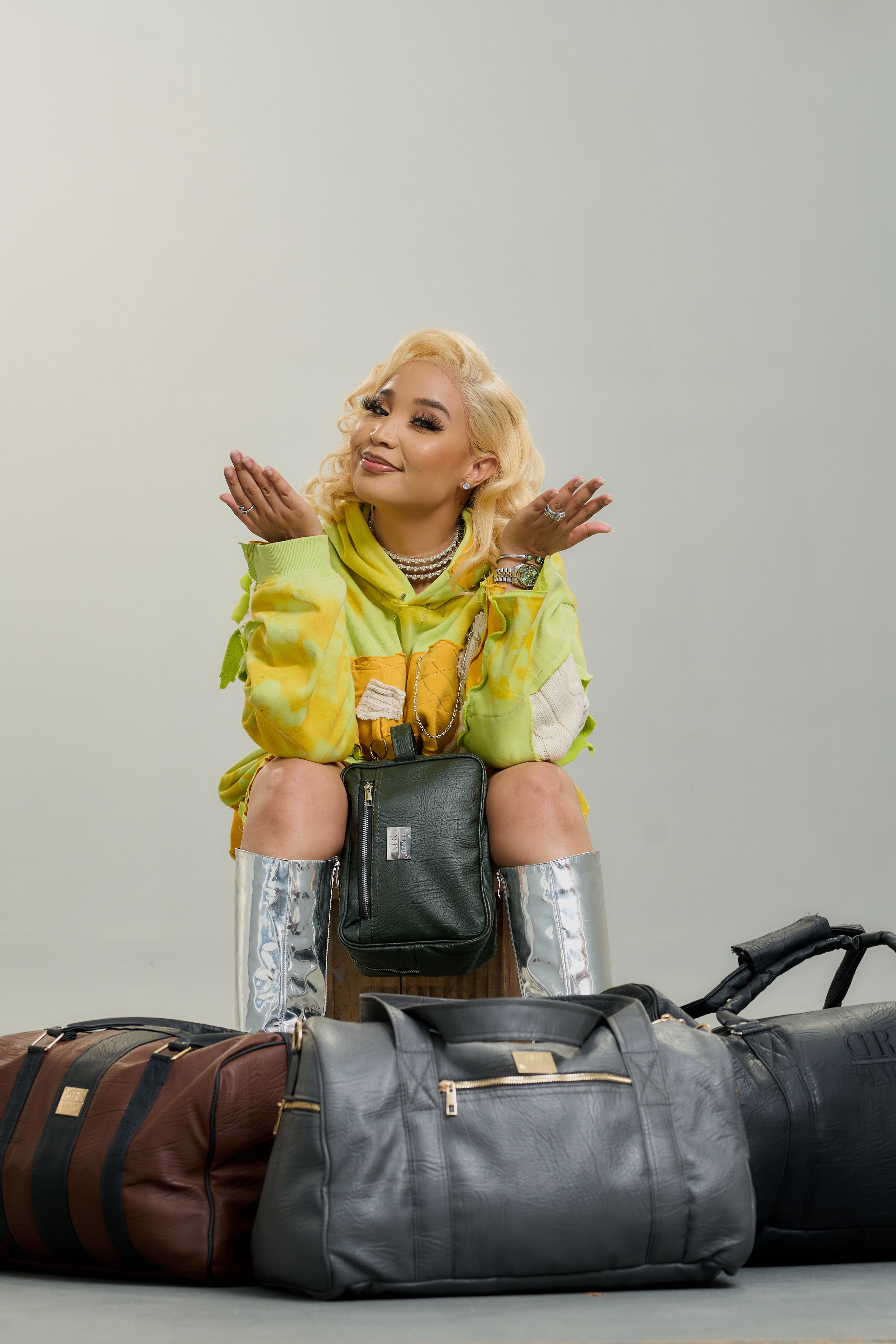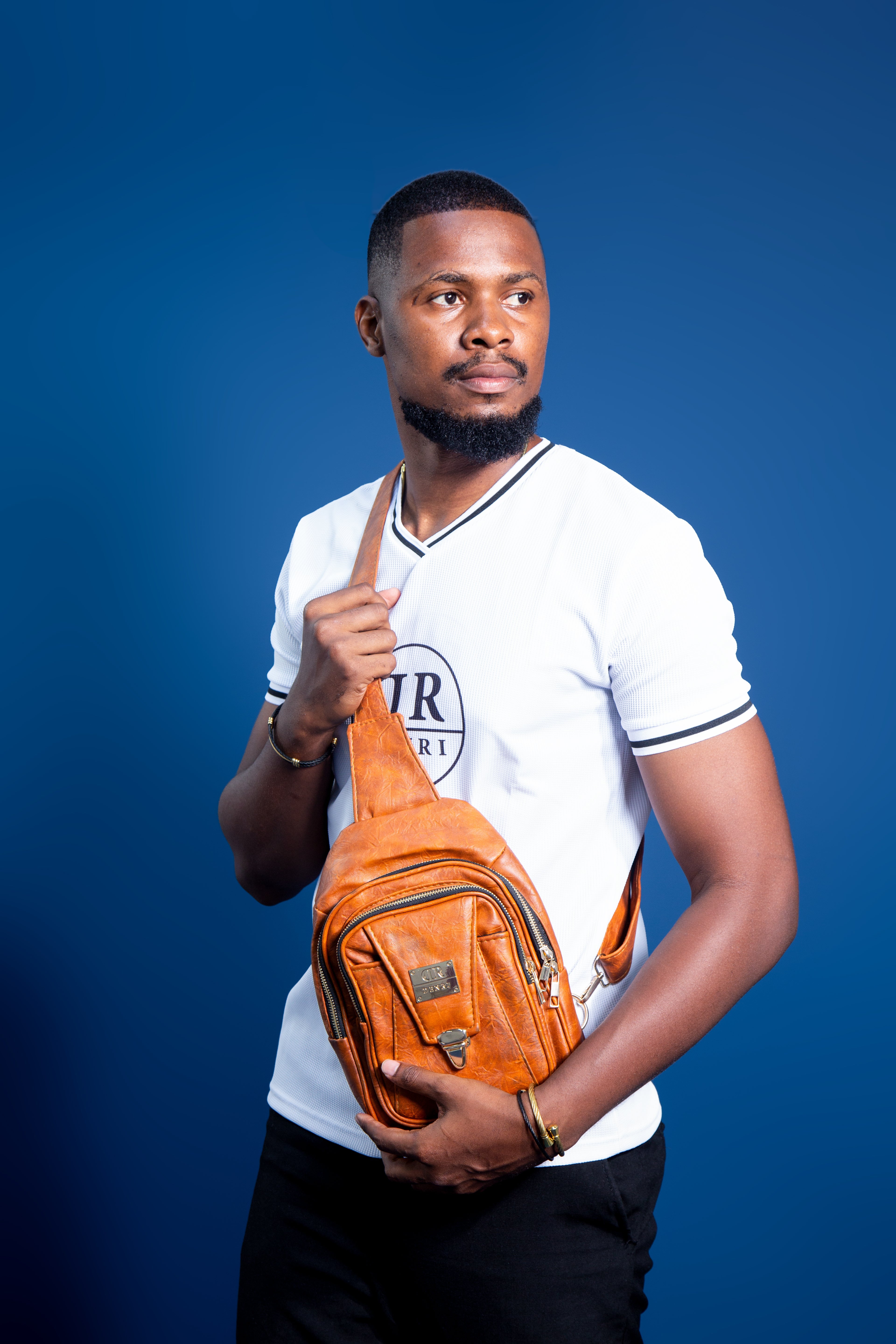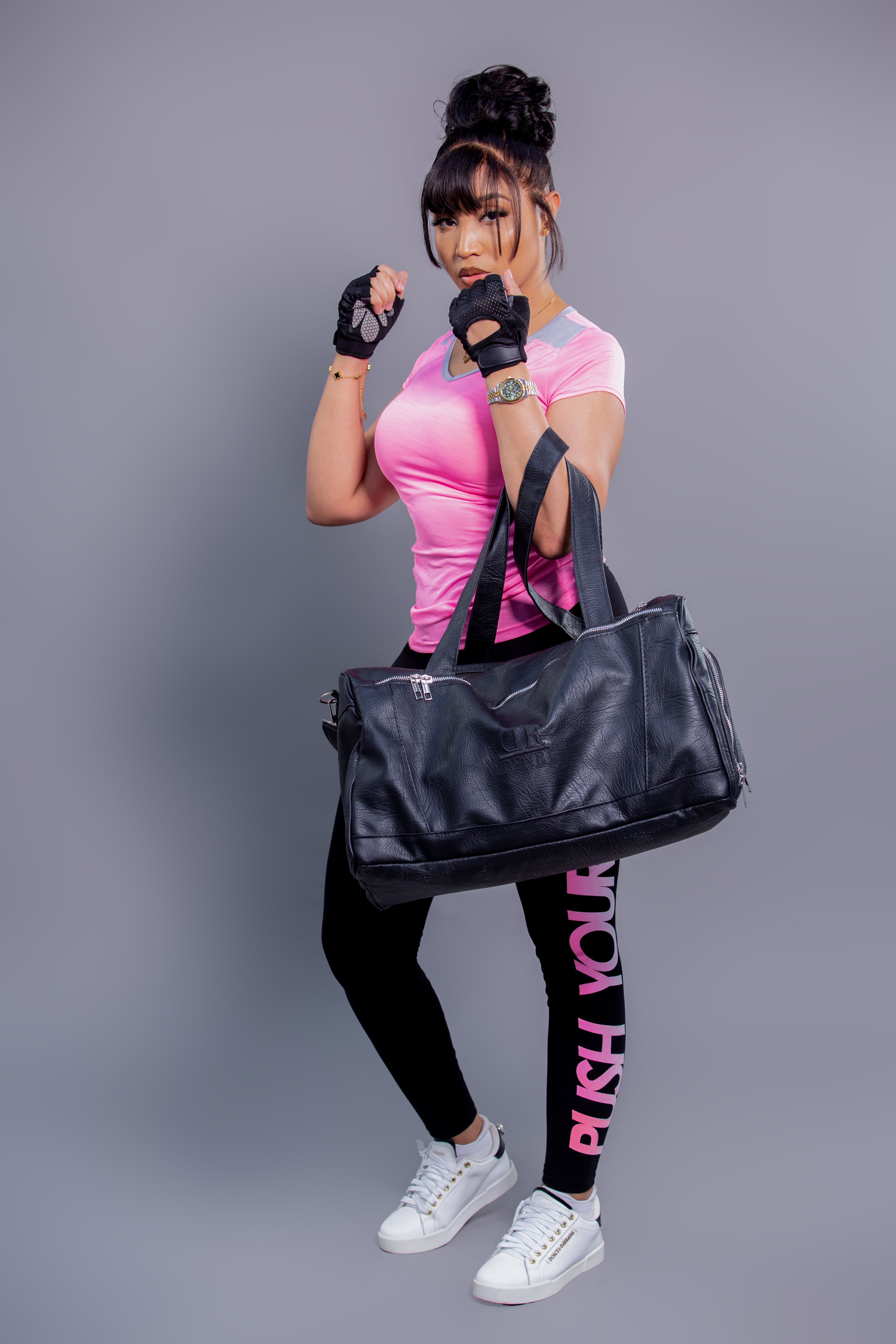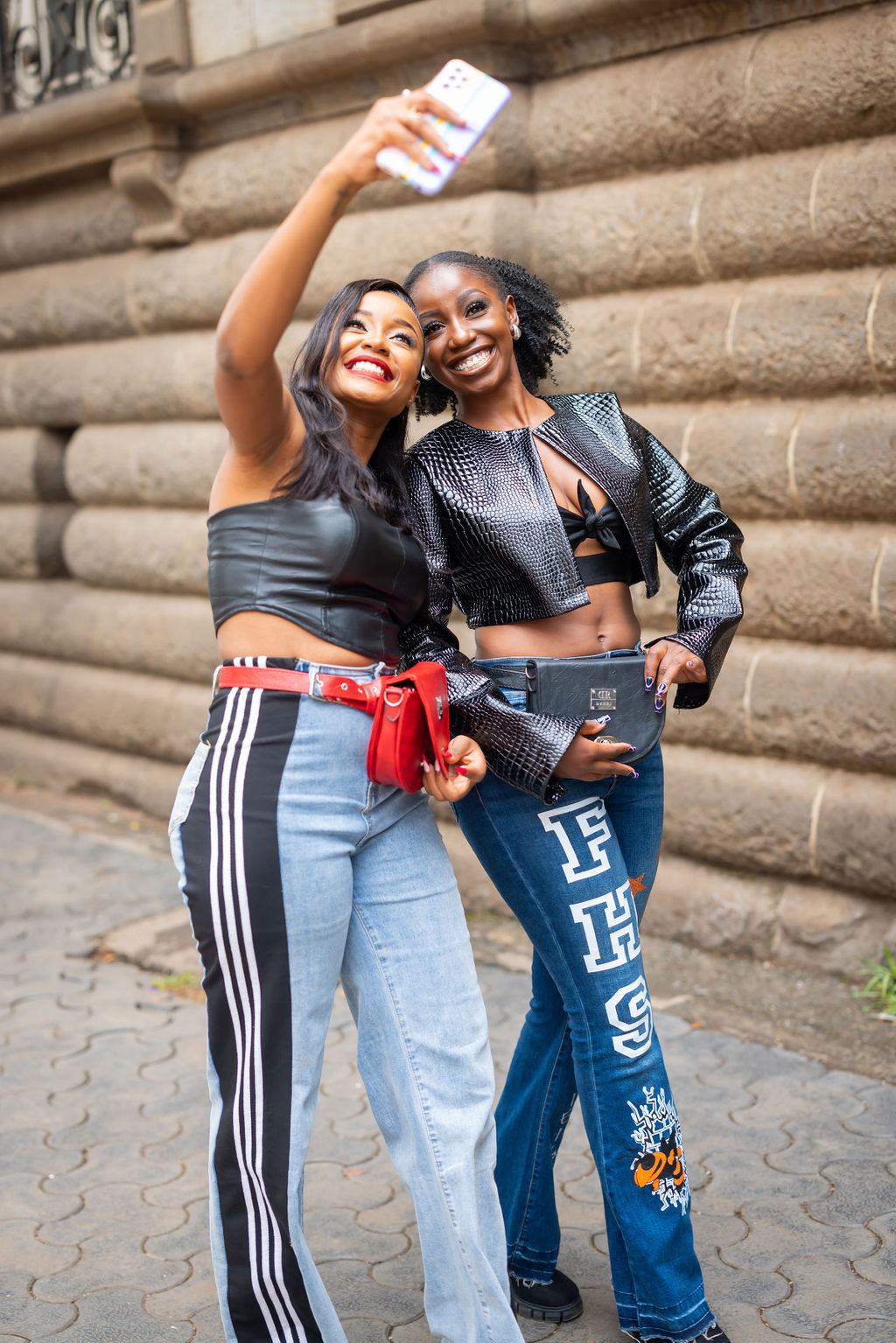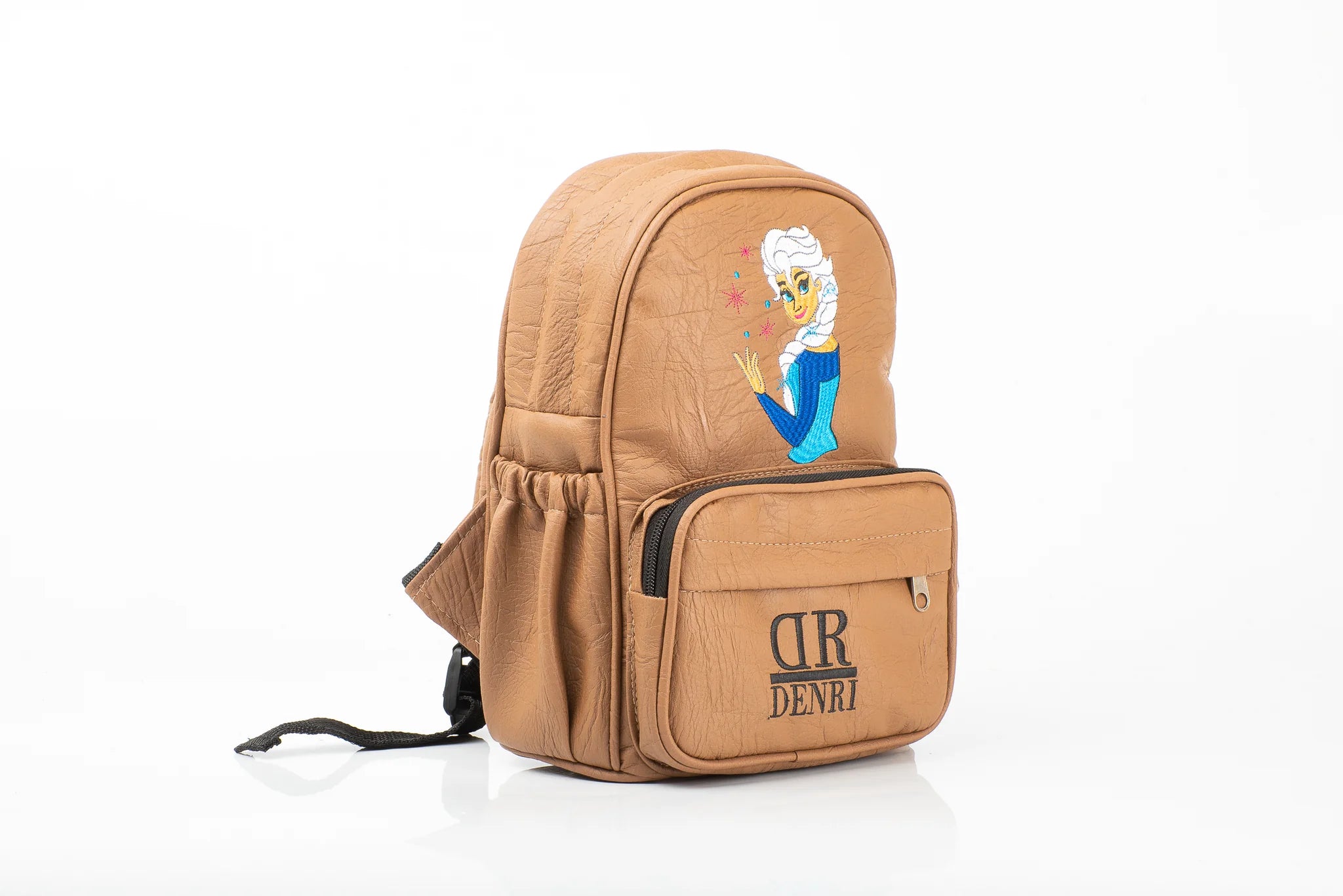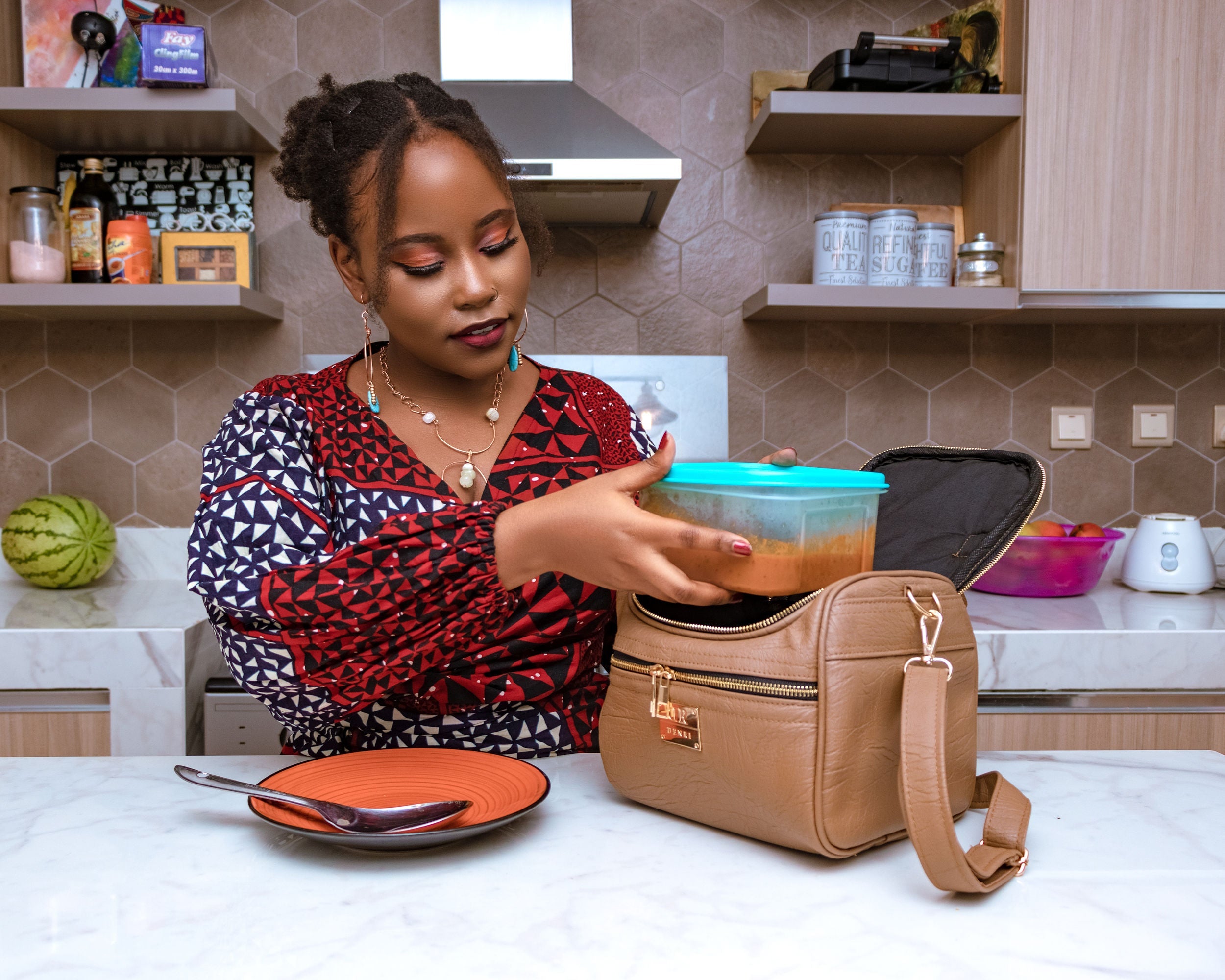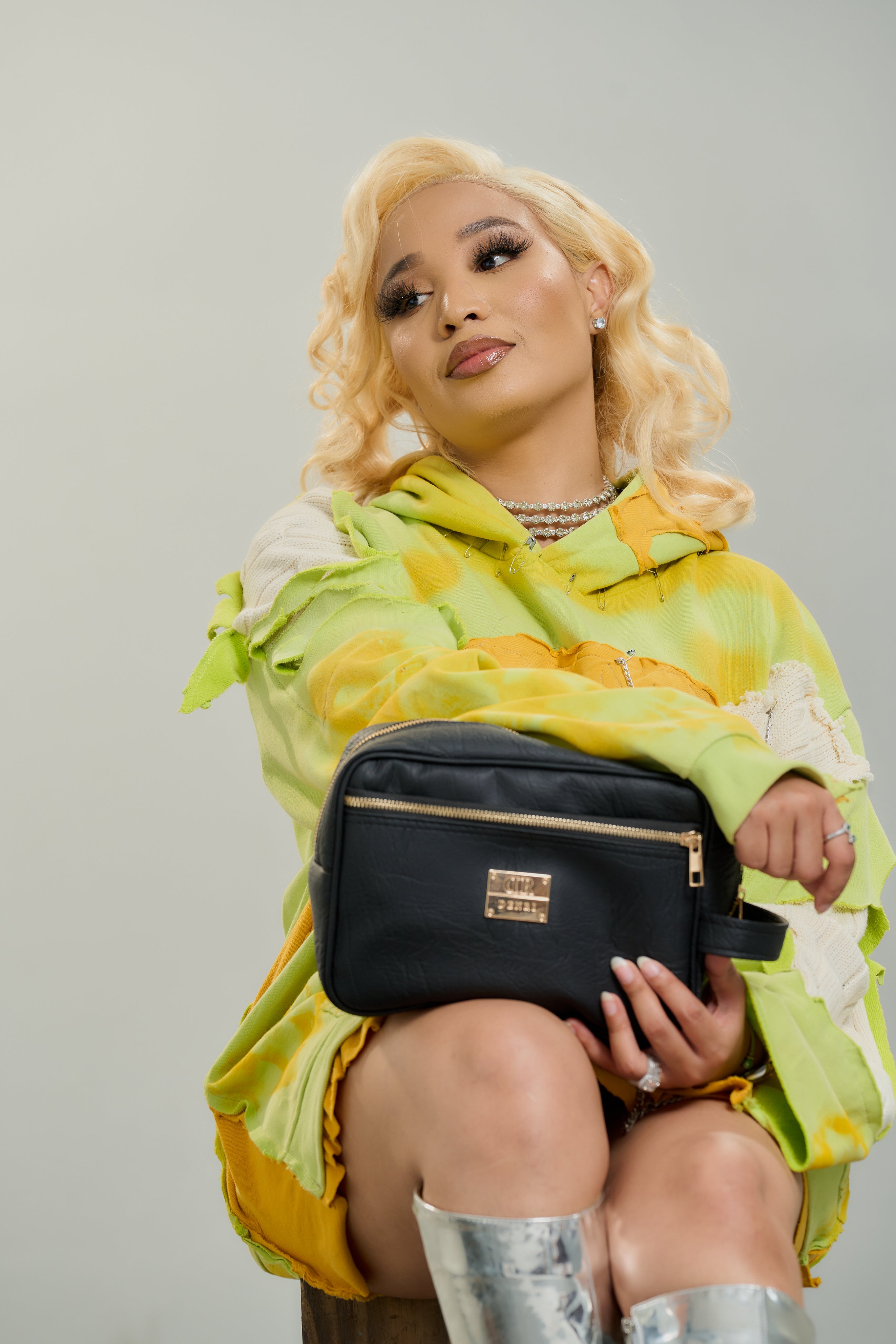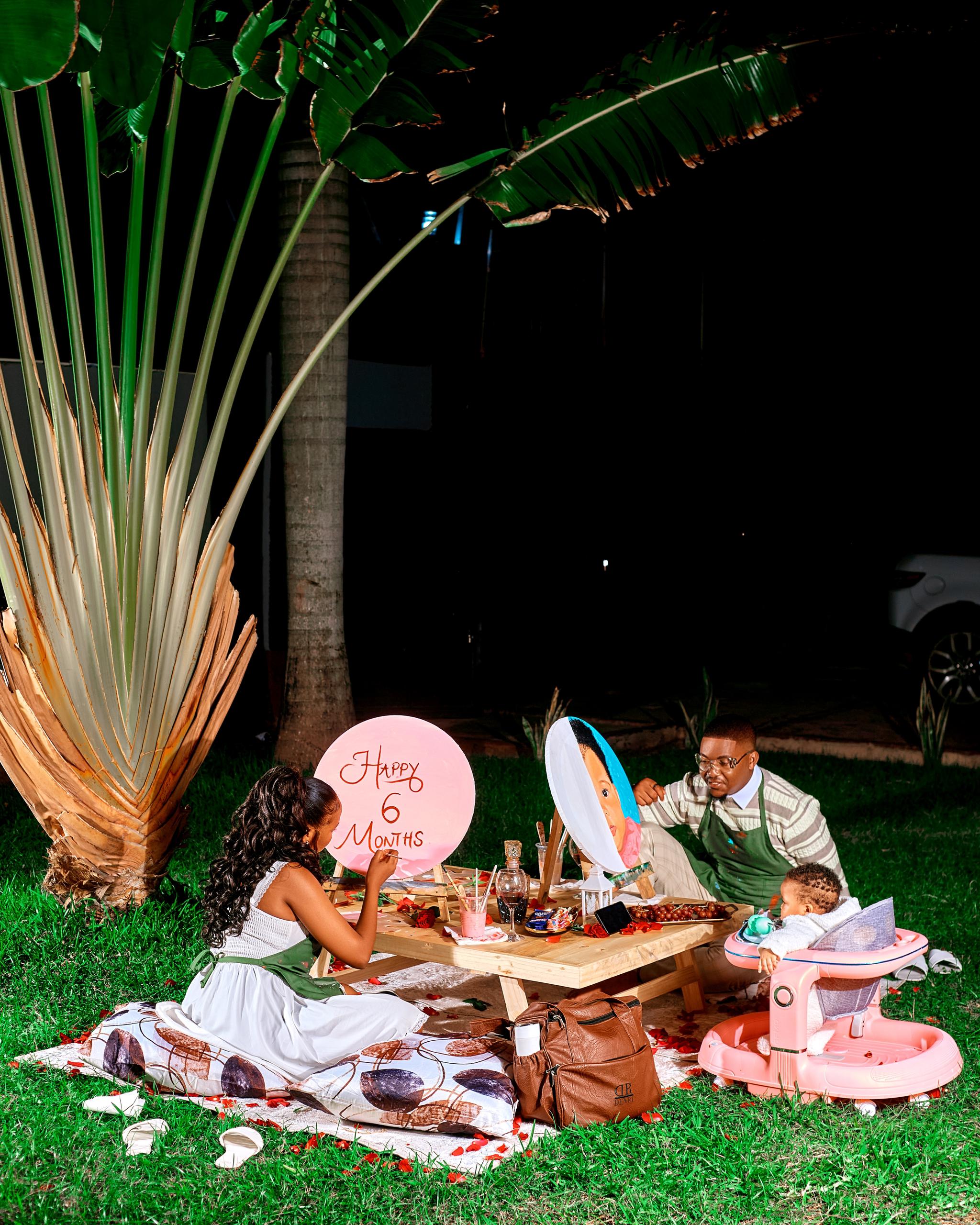Why My Tote Bag Is Smarter Than I Am
It began without ceremony. Just another morning, one bag among many. A beige canvas tote rested against a waiting bench, holding nothing remarkable. A soft fold, thick straps, and no hardware to shine. It lacked the compartments of a laptop bag, the polish of a structured purse. Yet, that tote had been chosen. And over time, it quietly proved itself.
This wasn’t the first time a bag had surprised someone. But this one did not do it with flash or zippers or tech compartments. It did it by disappearing into the background of routines, by holding without question, by expanding without fuss. It joined early morning grocery runs, late-night meetups, office days with multiple errands in between, and weekend markets with fruit rolling freely inside. At every stop, it was there. Not just carried, but counted on.
What the Tote Already Understood
Before the fashion tote ever entered boardrooms or bookshops, it had already passed its most demanding tests. It was there during a grocery stop that became a surprise detour to a baby shower. There when someone dashed to a late evening lecture and left with two borrowed books and a set of keys that weren’t their own. It held gym clothes beside a rolled-up kikoi, and sometimes nothing but silence and receipts.
Unlike more complicated designs, the tote offered no resistance. Its intelligence lay in how little it asked. A canvas tote could be flung into the backseat, dropped at a café chair, looped over one shoulder, carried in hand, or propped against a matatu seat. No rules. No rotations. Just readiness.
Even in places it wasn’t designed for, it performed well. As a market tote, it made space for coriander, candles, and secondhand belts. As a grocery bag, it cradled cereal and plantains side by side. As a last-minute sleepover bag, it swallowed folded pajamas, a charger, a novel, and a half-finished snack. Always a step ahead.
Carrying More Than Expected
Some bags Kenya-wide needed structure to work. Others needed labels. But the everyday tote defied those needs. It didn’t ask where it was going. It just made room. That was its trick. That was its wisdom.
In the studio, the Elyse Bag moved beside tripods and paintbrushes. In the meeting room, it sat beside laptops and notebooks, never demanding to be zipped shut. It served as a cotton tote one day and a document carrier the next. What made it remarkable wasn’t how it looked, it was how it performed without needing to prove anything.
Reusable tote, yes. But also a gallery companion. School supply hauler. Surprise rain protector. Children’s toy carrier. Art portfolio. Errand assistant. Festival holder. The labels never mattered to the bag. It simply adjusted. A fashion tote by name, but a dependable worker in reality.
Those who carried it learned to trust it more than they’d trusted flashier options. They stopped checking whether it could hold one more item. It always could.
An Archive of Everyday Life
The tote became a timeline. Inside its fabric folds lived shopping receipts, half-read brochures, tangled earphones, loose coins, birthday cards, discount flyers, baby wipes, postcards from past exhibitions, and notes scribbled in rush. These weren’t planned inclusions. They were life happening, small, chaotic, but tender.
What made the shopper bag different from others wasn’t just its roominess. It was its ease. A tote didn’t need to be zipped shut. That open top meant fewer delays when one hand held a child or a phone or an umbrella. The absence of a structured lid invited flexibility, not disorder.
Over time, people stopped seeing the tote as casual. They began to see it as efficient. A bag that thought like they did, not in clean lines or perfect pockets, but in shifting needs and overlapping events. The kind of intelligence that hides in softness, not stiffness.
The Elegance of Not Overthinking
Every bag has its moment, but the tote’s moment was often hidden inside moments others didn’t notice. A friend forgot to carry a change of shoes, and the tote held them. A shopper overbought, and the tote expanded. A surprise rainstorm appeared, and the tote carried the scarf that became a head wrap. It was a quiet genius.
While others arranged schedules and compartments, the tote adapted. It didn’t organize, It absorbed. That became its strength.
The Jamela Laptop Bag offered a version of this, refined yet reliable. A bag that could shift between spaces without shifting its shape. Its wearer might not have considered themselves meticulous, but the tote made them look like they were. Even when life got uneven, the bag never complained.
These were not just accessories. They were tools, extensions, allies. From eco tote to laptop companion, they carried moments others forgot about, both light and heavy.
A Bag That Knew Before Its Owner Did
What made the tote smarter wasn’t just its design. It was its refusal to make anything harder. It did not ask for routines to be restructured. It simply fits into them. It did not suggest new aesthetics. It quietly supported what already existed.
Fashion trends came and went. Compartments multiplied, features expanded, shapes evolved. But the tote bag remained. Present in weddings and art shows, baby showers and road trips, internships and graduations. Present in city commutes and Sunday errands, rooftop lunches and midnight pick-ups. Its softness belied its structure.
And while others scoffed at its lack of hardware or complexity, the tote continued. Quiet. Capable. Collected. It didn’t just keep up. It moved ahead.
